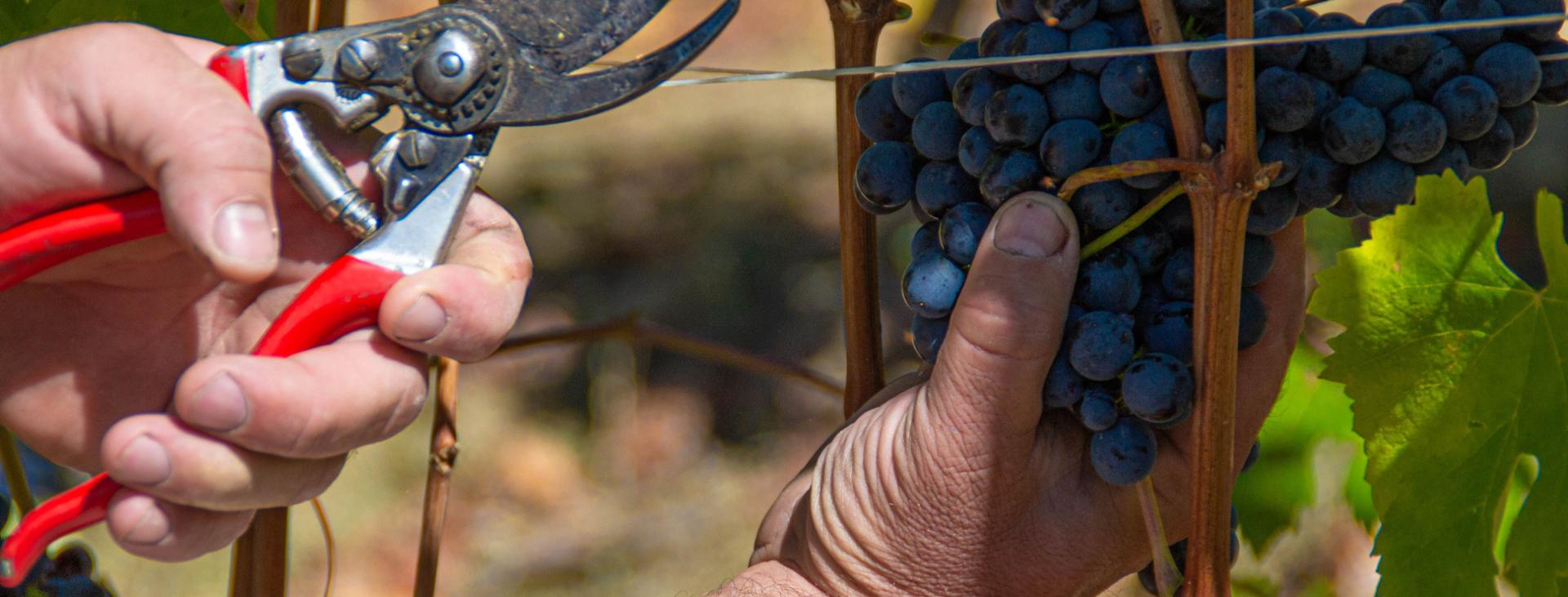
CLAVESANA
- Home
- The Territory, our home - Visit Cuneese
- CLAVESANA
CLAVESANA
EXCELLENT WINE AND SPECTACULAR GULLIES
Clavesana is an important wine-making and hazelnut farming centre located in the southernmost part of the Langhe area, surrounded by the twists of the Tanaro river and by spectacular gullies that contrast with its neat vineyards. The town is also the birthplace of the hugely successful Big Bench Community Project, the giant benches by Chris Bangle that have since gone on to conquer Italy and the world.

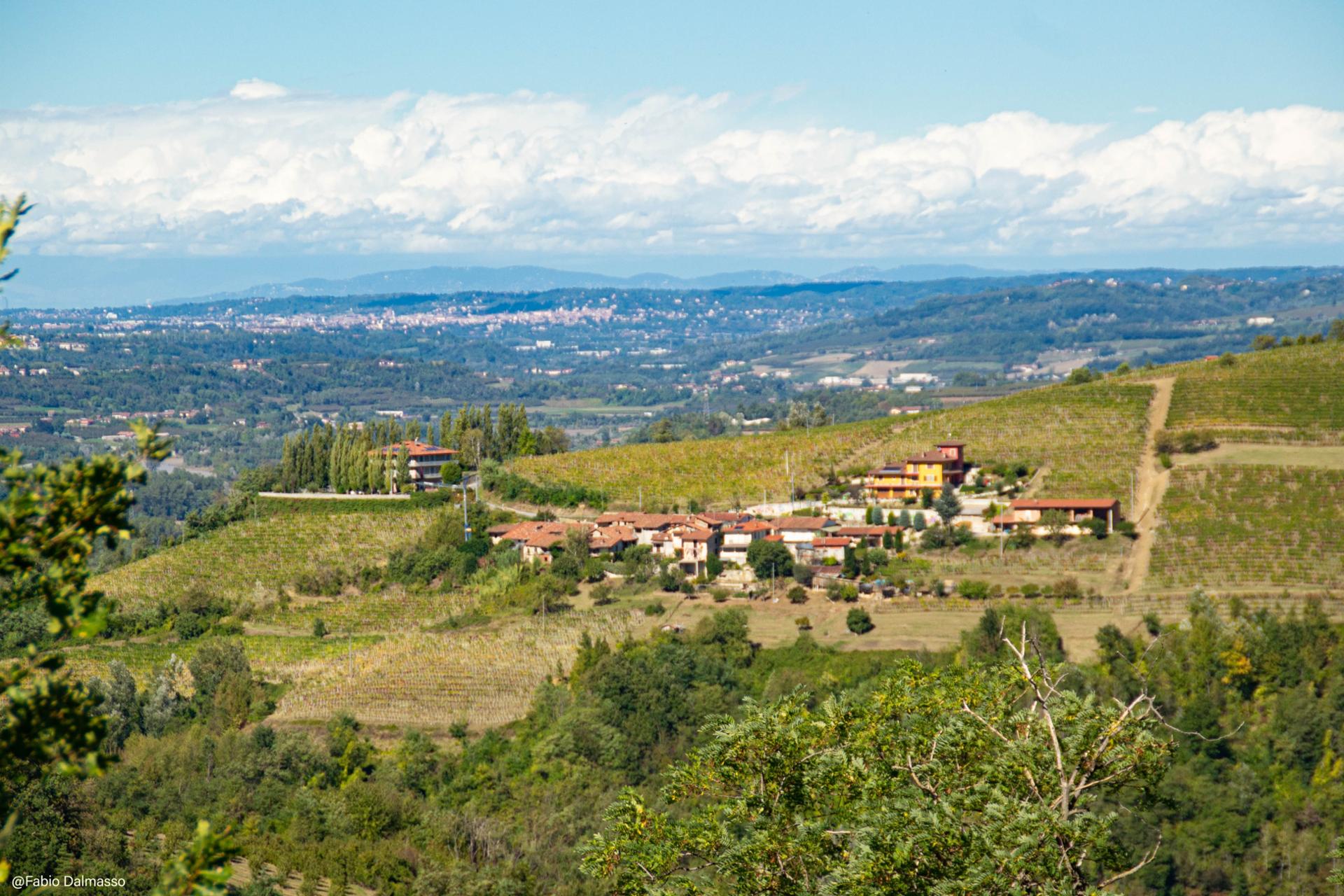
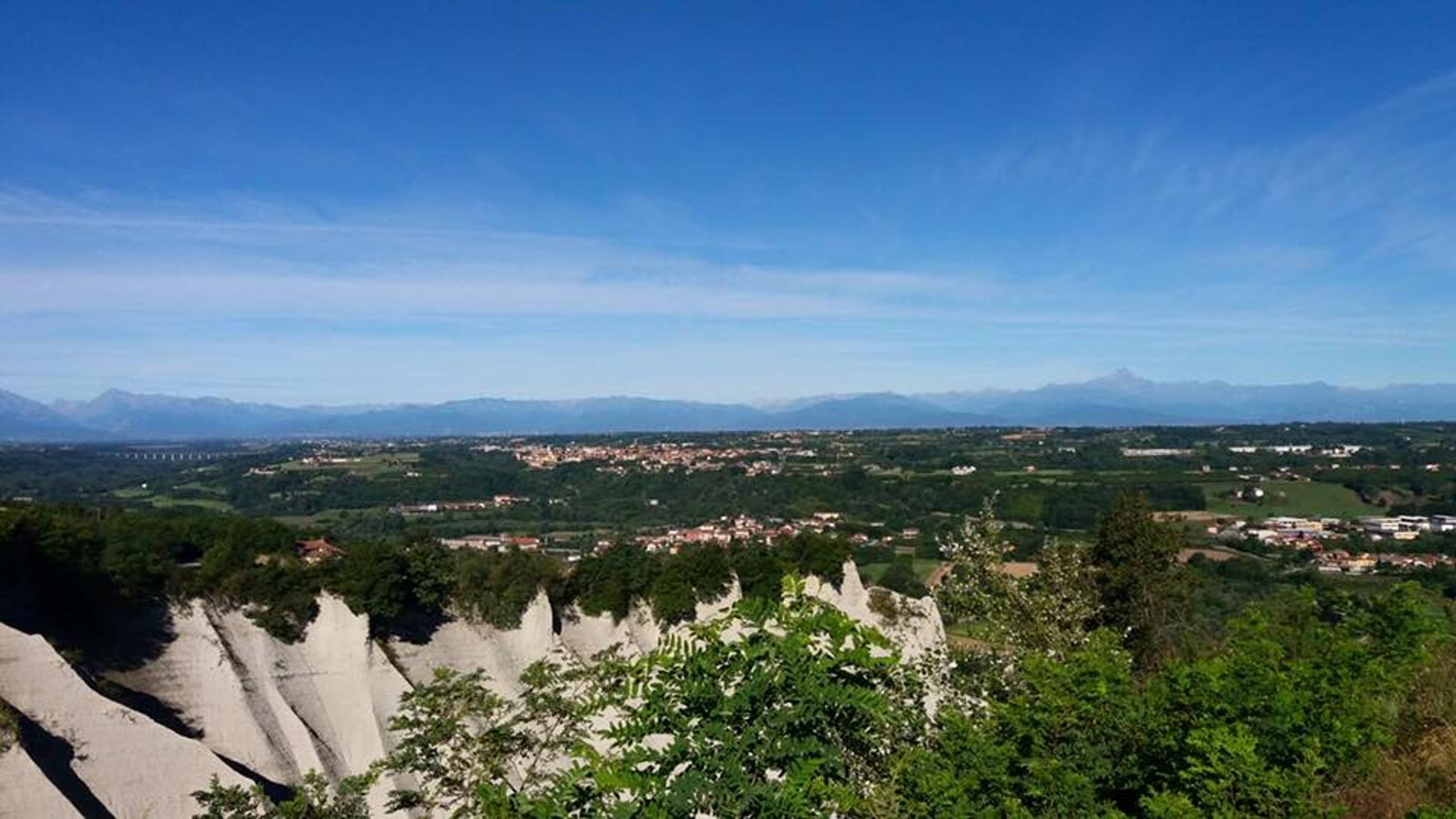
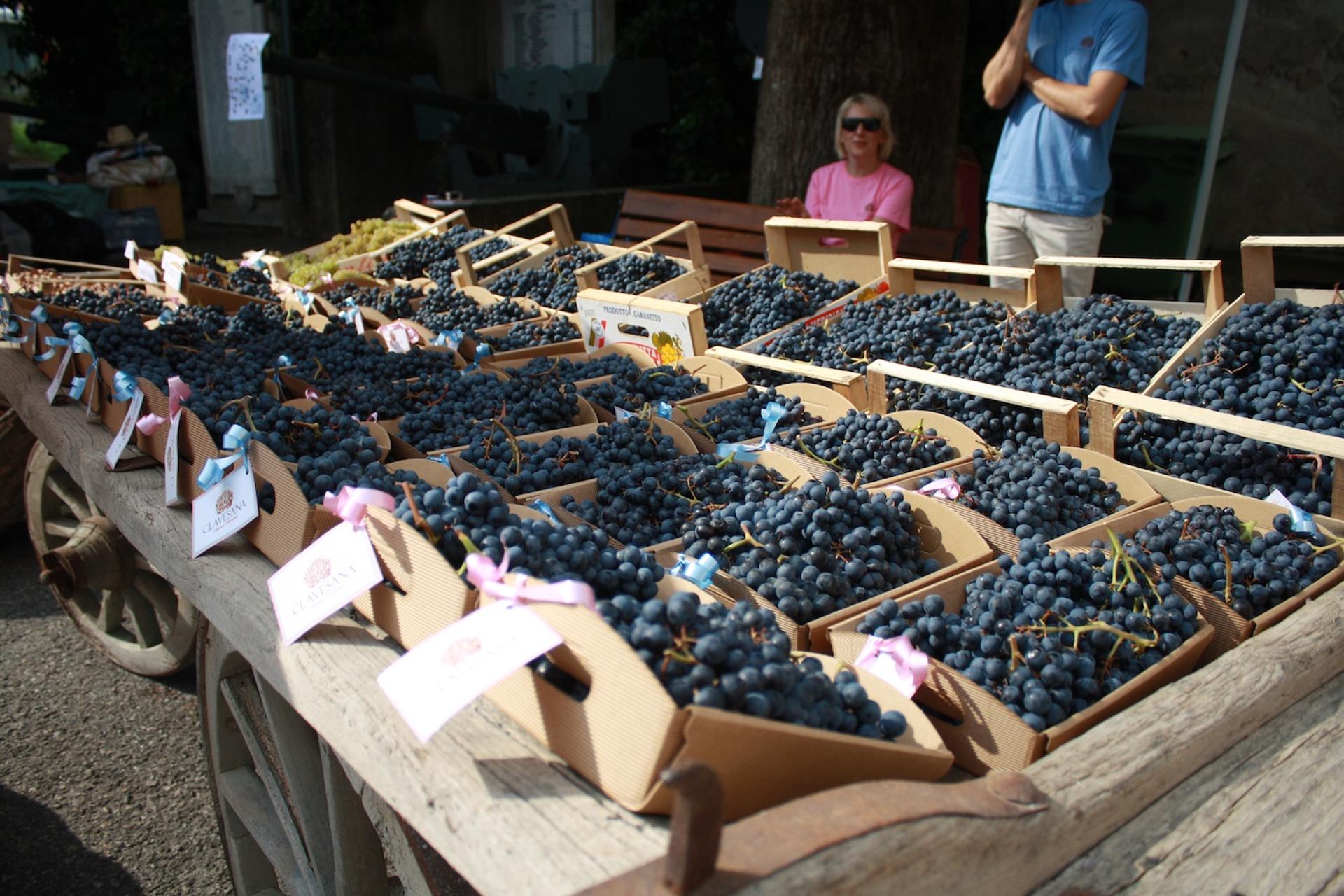
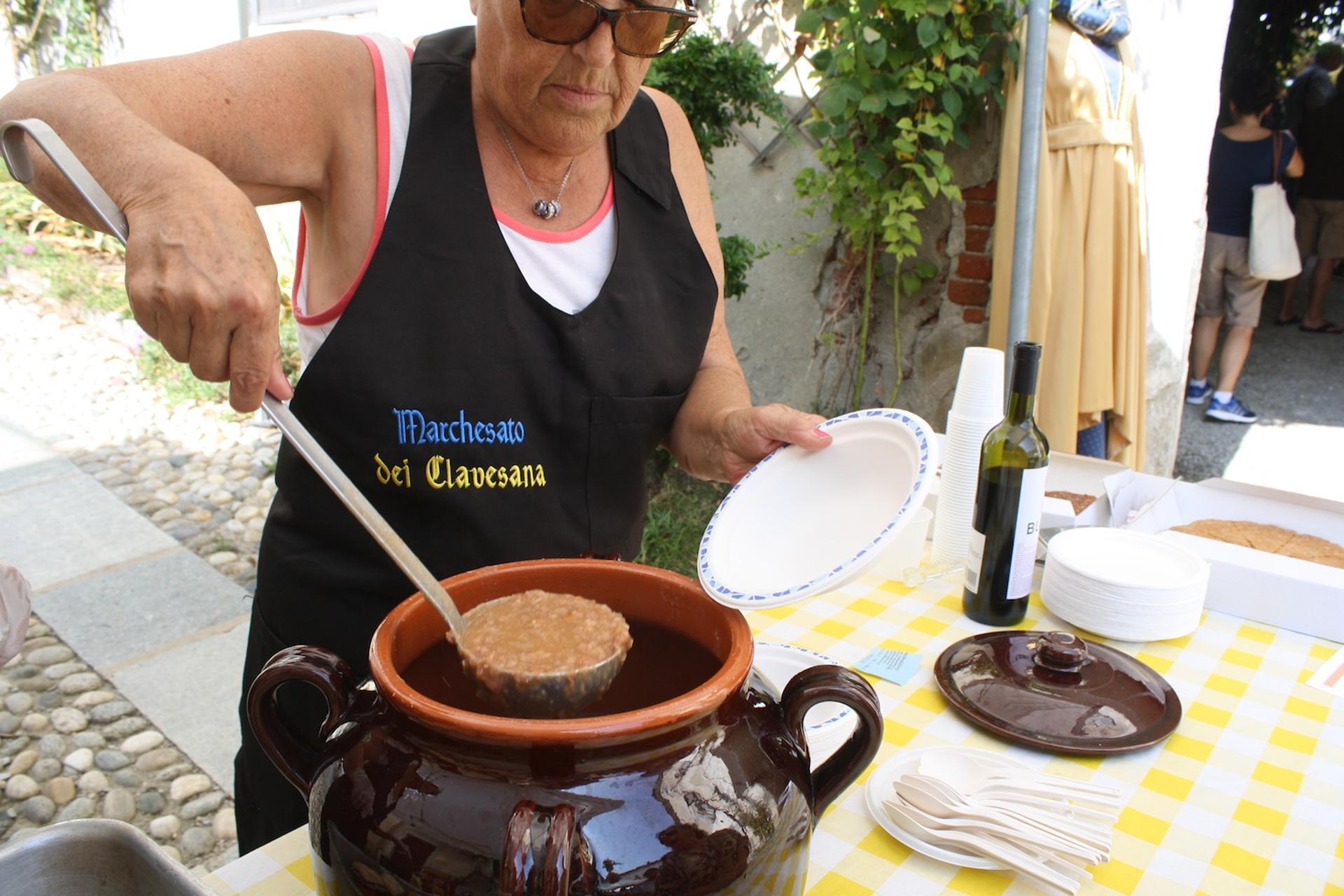
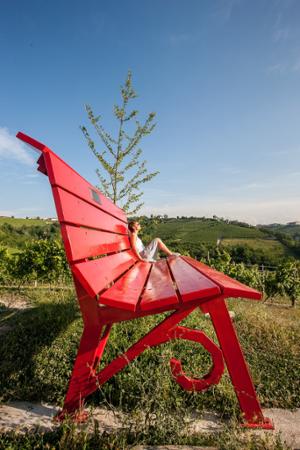




Discover
more

The Bagenni Ligurians were the first population to inhabit these hilly lands, furrowed by the slow course of the Tanaro River, and soon conquered by the Roman Empire. In the Middle Ages, the territory of Clavesana became a land of contention, until the definitive feuding by the House of Savoy.
The landscape is strongly characterised by the ups and downs of the Langhe, rigorously “combed” by the vines, the great local treasure. Missing the opportunity to taste some of the wines produced here would be unforgivable: visitors can choose, for example, from Alba DOC, Alta Langa DOCG or Dogliani DOCG, made from illustrious vines such as Nebbiolo, Barbera or Dolcetto. And the area plays host to many crops of Gentile delle Langhe hazelnuts, one of the most popular varieties in the world.
The Tanaro river, with its wide, twisting bends, leaves just as strong a mark on the landscape. The millennial erosion of its waters has cut the sides of the hills like a knife, exposing clear clayey rocks formed millions of years ago, when the hills were still seabeds. The Clavesana gullies are on the Italian Geosites Inventory list and quiet, sandy beaches are often found at the foot of these imposing structures.
From an artistic point of view, the eighteenth-century parish church dedicated to San Michele Arcangelo, the castle and the Santuario della Madonna della Neve stand out. A heartfelt patronal feast is dedicated to the celebration of the latter in August.
Clavesana is also the birthplace of the first “giant bench” created by designer Chris Bangle, in 2010. Today there are more than one hundred of them around the world, but three of them are located right here: the first one, which is red, is in the Gorrea region. The other two (one yellow and one blue) are located respectively at the Palazzetto and at the Sbaranzo.
esempi di as xml: xml serveResource con templateId (chiave)
esempi di as json: json serveResource con templateId (chiave)
esempi di as json e siteId: json serveResource con siteid
en_US
What
to do
en_US
Experiences
No result found
en_US
Where
sleeping
en_US
Offers
en_US
Info




